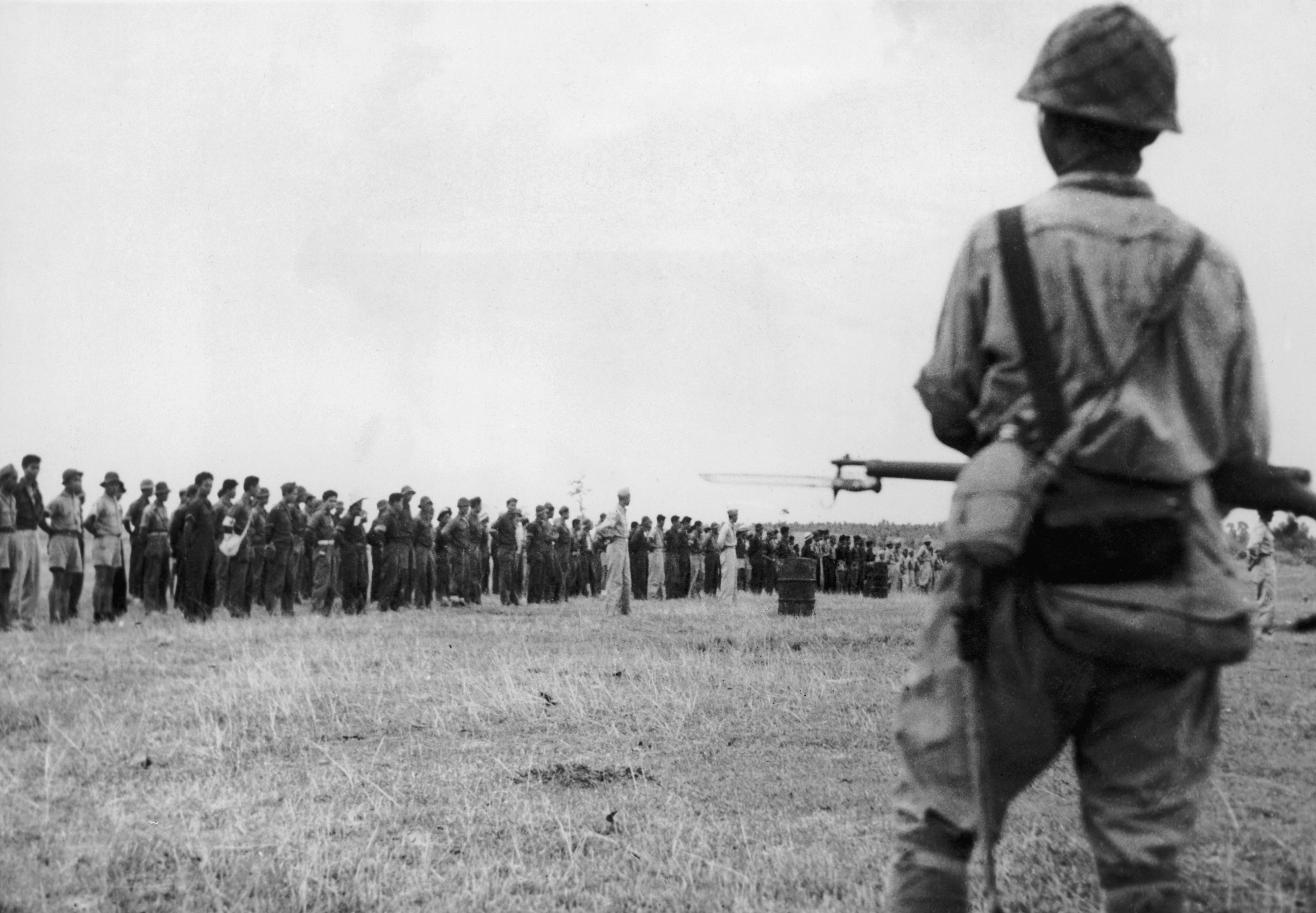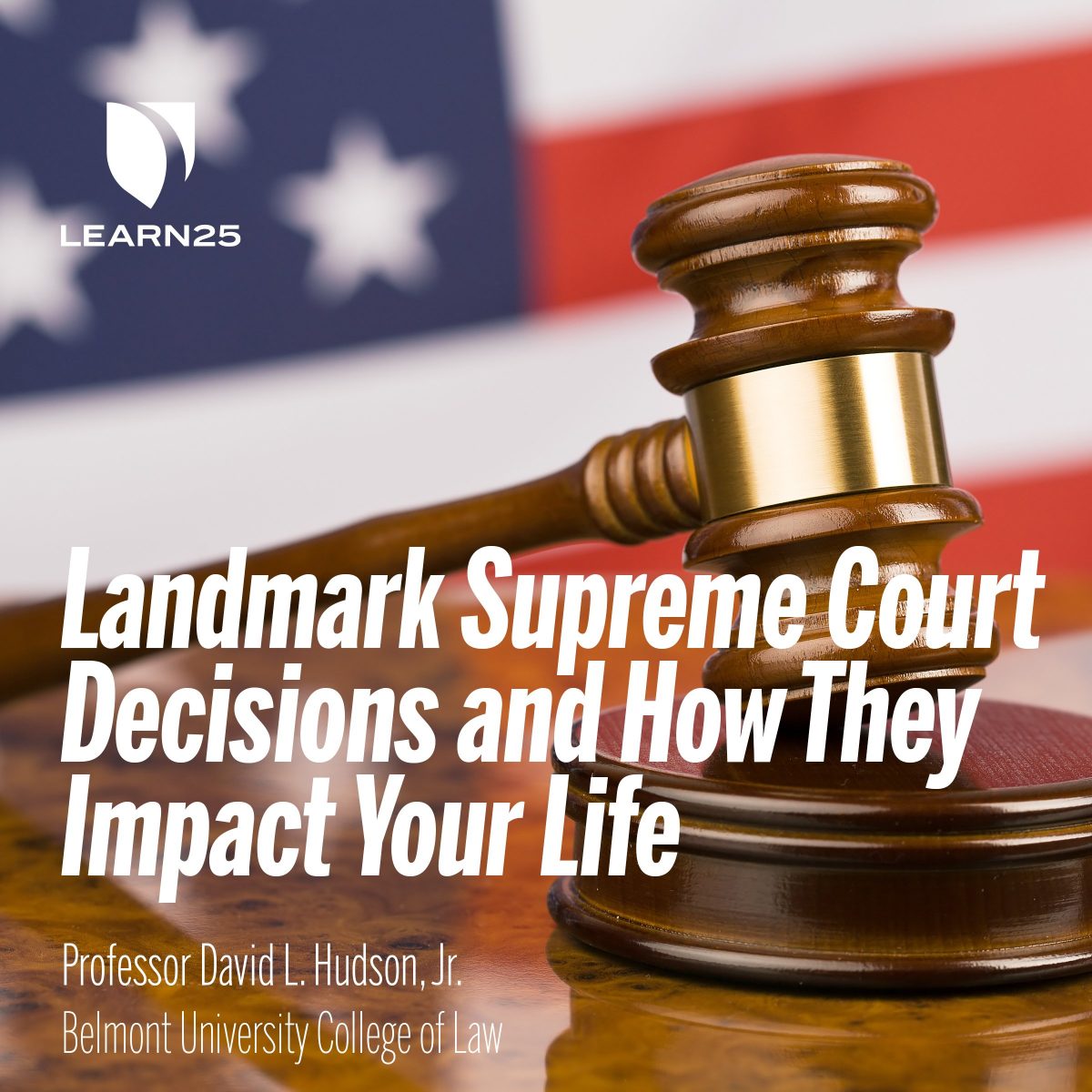

John Roberts answers a question on the last day of his public testimony at his Senate Judiciary Committee confirmation hearings in 2005. “Shelby County was one of the most consequential supreme court decisions in history, because it opened the door to so much legislation by states restricting aspects of voting and making it harder for people to get to the ballot box,” said Tara Grove, a law professor at the University of Texas. Other states across the south and south-west quickly followed suit. Within hours of his decision being delivered, Texas enacted a new voter identification law that would have effectively disenfranchised more than 600,000 mainly Black and Latino voters had a federal judge not stepped in to halt it. The instant Roberts destroyed the practice, Republican states rushed to revive their old ways on a massive scale. For almost half a century, the order was successful in nipping in the bud electoral trickery that had for decades restricted Black voting and upheld white domination in the south. Preclearance required a subset of identified states and local governments with a history of racial discrimination in voting, mainly in the deep south, to seek federal approval in advance for any changes to electoral procedures. He took a sledgehammer to the so-called “preclearance” provision contained in sections 4 and 5. Such accomplishments appear not to have impressed Roberts, who used Shelby County to destroy a key pillar of the act. He notes that in its first five years, the law helped as many Black people register to vote in southern states as in the whole of the previous century. In his new book on the new ultra-right domination of the supreme court, The Supermajority, Michael Waldman of the Brennan Center describes the Voting Rights Act as “perhaps the nation’s most effective civil rights law”. Exactly 10 years ago, he delivered Shelby County v Holder, which punched a gaping hole in the Voting Rights Act, Lyndon Johnson’s landmark legislation that was perhaps the pinnacle of the civil rights movement. The pattern is seen perhaps most clearly with voting rights, where Roberts has since the early 1980s expressed profound doubts about the role of federal law in forwarding equal representation for Black citizens.

In that context, Roberts has shown himself willing to bide his time before making some of his more extreme interventions. He is also highly sensitive to the slump in public trust in the supreme court that has followed embarrassing revelations about Clarence Thomas’s luxury holidays paid for by a Texan billionaire. He likes to present himself as a bridge-builder who represents the moderate center of American jurisprudence. “It’s a particular surprise that he was able to get a majority for his view,” Levitt said.Ī key to understanding Roberts’s intentions is that he plays the long game. Justin Levitt, a law professor at Loyola Marymount University in Los Angeles, said there was a double surprise to Roberts’s opinion: not only had he stuck to precedent, he also managed to get other justices on board to drive his decision through. He drew in particular from the 1982 decision Thornburg v Gingles, which outlawed barriers to Black voters participating equally in the democratic process and electing “candidates of their choice”. That was another source of relief to progressives and voting rights advocates who had feared the worst following the court’s bombshell evisceration of the right to an abortion last June in the face of 50 years of settled law. In rebuffing the audacious attempt by Alabama Republicans to dilute the electoral power of the state’s Black citizens, Roberts held tight to supreme court precedent. Yet African Americans make up more than a quarter of Alabama’s voting-age population. Lawmakers had awarded Black voters the majority in only one of seven congressional districts. He upheld a lower court ruling that had objected to the electoral maps drawn up by Alabama’s Republican-dominated legislature.

In his Milligan opinion, the chief justice pledged himself to providing “a faithful application of our precedents and a fair reading of the record”. This time, though, Roberts reined himself in.
#WORST SUPREME COURT DECISIONS 2013 TORRENT#
The chief justice has demonstrated a consistent desire to dilute or destroy elements of the landmark Voting Rights Act of 1965, and in so doing has opened the floodgates to a torrent of voter suppression measures from Republican states that continues today. Shock and relief came in direct proportion to the hostility that Roberts has previously shown towards the use of federal laws to ensure proportionate electoral representation for Black Americans. “An amazing victory for voting rights, Black voters, and the Voting Rights Act”. “Speechless!” was how Robyn Sanders, an elections lawyer with the Brennan Center for Justice, described her reaction.


 0 kommentar(er)
0 kommentar(er)
